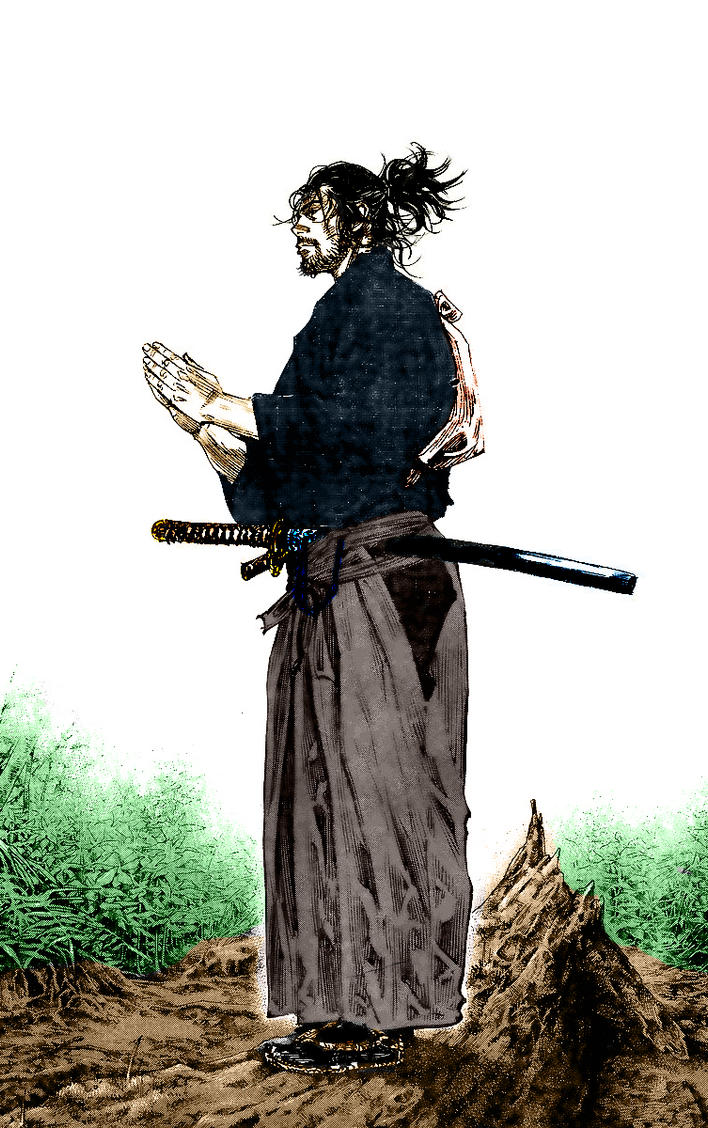Rhythm


Long ago I have read the story of Musashi Miyamoto who at the age of 13 killed a much older opponent by unexpectedly stalling the confrontation by unexpectedly stalling the confrontation. First he arrived late, then he took time to remove his shoes, then he first warmed up...
By the time he did get to fighting his opponent was already furious and made that last fatal mistake of eagerly rushing in.
Jesse Enkamp (we all know him, right?) told a story of himself getting out of a confrontation by telling a really hostile individual about the height of a wall.
In the art of fighting we become aware of the nature and course of events. We know what is in place, what is to be expected- and from there we find the opportunities to do the unexpected.
When working with your enemies you will use these tactics to prevent them from functioning properly.
At present I have a feeling that employers and managers in the workplace often use these tactics on the people that are actually on their side! Just as a disruption of an enemy's rhythm can be used to confuse him and to prevent him from carrying out his plans so frequent disruptions of a worker's routine can prevent important work from being done.
If you are an employee I can understand that you cannot really choose to have an employer who knows the Way. If you ever are an employer you can use this knowledge to be more efficient than your competitors.
During sparring it may appear at first to be chaotic and without rhythm, but with experience we become more knowledgeable about "what comes next". The next step to mastery of rhythm is to change the course of events by doing something that is not expected to come next.
Combinations get copied and taught a lot in different styles. I make a point of practicing different follow-ups to different opening attacks. Changing to different kamae (fighting postures) during a tournament fight helps a lot too.
That is all I have to say for today.
Stay well and keep on training!




Comments
Post a Comment